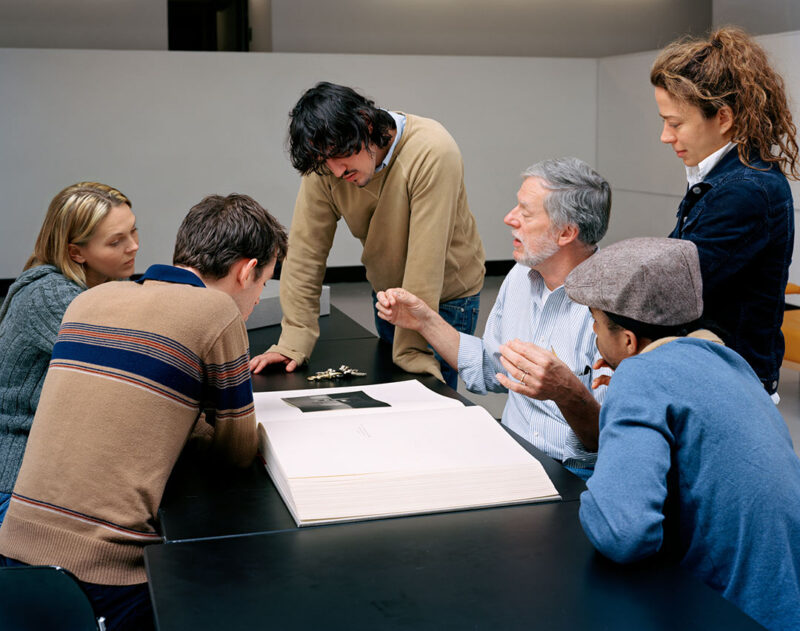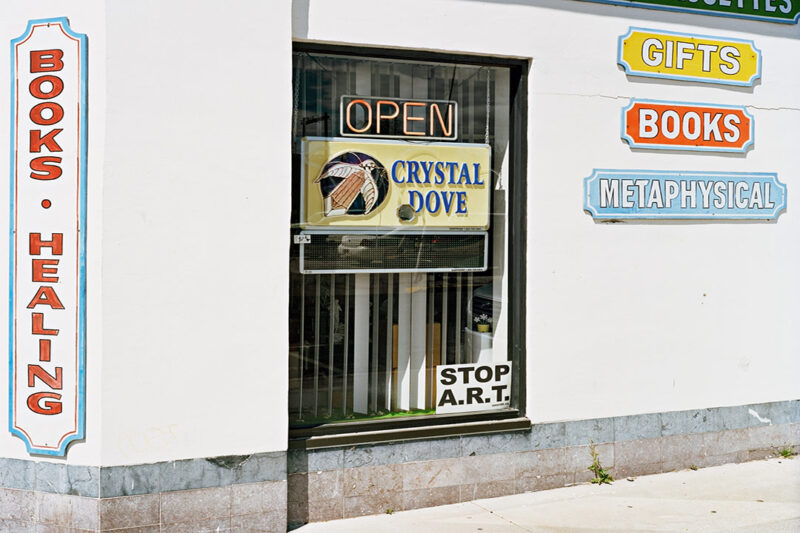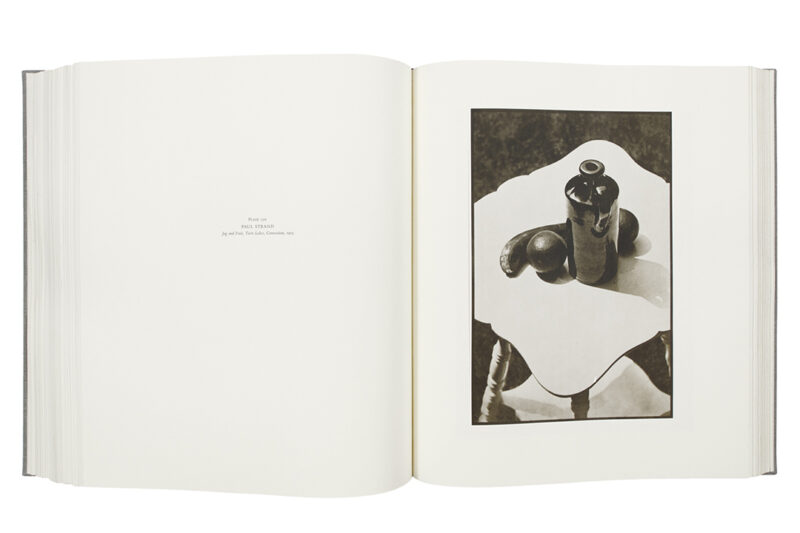[August 9, 2023]
By Michel Hardy-Vallée
One reason we have so many interesting photobooks to review is because the printing industry produces them. Photographers used to be cast aside as mere operators until various changes in attitude by the press, the general public, the art world, education, and even the legal world reinforced and consolidated their role as agents endowed with volition and skill. Photobooks have proved to be good conduits for the vision of photographers, but the burden of invisibility has only shifted. If a photobook expresses an individual vision, what is the contribution of book designers, publishers, and especially printers, still taken for granted as a black box?

Object Lesson: On the Influence of Richard Benson, New York, Aperture, 2022, 16,5 x 24 cm, hardback, offset lithography, 248 p.
Richard Benson (1943-2017) was one of the highly visible actors in the printing world – which, in relation to photography, still does not count for much. Those in the know may be familiar with him, especially for his MoMA exhibition and the accompanying catalogue The Printed Picture (2008), in much the same way as they know Gerhard Steidl as a publisher extraordinaire or Voja Mitrovic as the darkroom wizard behind Henri Cartier-Bresson’s and Josef Koudelka’s prints. Benson was a polymath who worked in close proximity with photographers to raise the quality level of offset printing – he invented the tritone process for Lee Friedlander – helped develop the Curve in Adobe Photoshop, taught photography and printing at the Yale School of Art, where he became dean, and maintained a home machine shop in which he made ultra-precise clocks, among other things. He was incredibly talented, beloved by all, and made lasting contributions to the industry and to the arts.
Object Lesson is an attempt to create a composite portrait of Benson through short recollections written by his colleagues, students, and friends, accompanied by relevant images of their work that evidence his influence. It is beautifully printed and contains a host of images made through unusual, Benson-inspired approaches and processes. I was quite impressed by James Welling’s prints using acrylic paint and handmade gelatin matrices, Heyward Hart’s hacking of his inkjet printer to use homemade inks, and the delicate simplicity of Arthur Ou’s hand-tinted gelatin-silver print. All these processes have in common Benson’s painterly approach to photographic image-making: working additively, printing layer upon layer of ink and pigments, rather than according to the all-or-nothing logic of exposure and development of sensitized materials.
The book is also just the right size to hold in the hand, but infuriatingly, it’s Swiss-bound, which is to say that both the cover board and the spine are detached from the text block, not held onto it by an endpaper. This kind of binding allows the book to lie perfectly flat and is often employed for large, unwieldy tomes best appreciated on a table, or those that professors, Benson included, would put on their desk to accompany their lecture. Conceptually speaking, this binding makes sense, but concretely, it’s an object lesson in impracticality. This is book-design-by-the-numbers, a failure to crash-test an interesting idea. This book is not intended for giving lectures: it’s too personal an affair, better appreciated in a cozy chair than in an amphitheatre. In an interview, Barbara Benson sheds sensitive light on her husband’s life and work, and she deserves a less distracting setting. More editorial interventions could also have helped reduce the number of redundancies—everybody calls him by his nickname, Chip, which becomes as grating as the lack of technical explanation for why his clocks were so precise, as repeatedly stressed in the fond memories of his sometimes patrician admirers.
I count myself among Benson’s admirers, and I guess I wanted more from this book in terms of helping me understand the art and the technique of printing. I look up to him especially for The Printed Picture and his 2005 essay “Working with Lee,” reprinted here. The former opened my eyes to the subtleties of printing techniques, and the latter remains the rare example of a clear articulation of the relationship among photography, art, and the technique of printing using ink and halftone on an offset press.
We tend to think of the early 2000s as the “photobook moment” – when everybody became aware of the books holding the photographs they knew and appreciated – but so were the early 1970s, when Benson started working in the industry. Offset printing was still limited in its technical capacities and photographers such as Friedlander wanted to push the envelope. Nathan Lyons was encouraging his students at the Visual Studies Workshop to produce books; Syl Labrot and other artists were creating experimental photobooks such as Pleasure Beach (1976) directly on the offset press. Such people are, in a way, the missing link between the idea of photography and its reality. Walter Benjamin’s essay “The Work of Art in the Age of Mechanical Reproduction” makes absolutely no sense if related to photography alone; it is the combination of photography and printing that created the ubiquity of photographic images, just as the combination of digital imaging sensors and the Internet led to their explosive proliferation.
Although Object Lesson remains more about memories than ideas, I hope it can encourage more people to dive in the world of printing and image reproduction, in ways more durable than fashionable.
Michel Hardy-Vallée is a historian of photography, independent curator, and Visiting Scholar at the Gail and Stephen A. Jarislowsky Institute for Studies in Canadian Art, Concordia University. His research is concerned with photography books, visual narration, interdisciplinary practices, and the archive, in the contexts of Quebec and Canada. He is currently working on a monograph about John Max.








